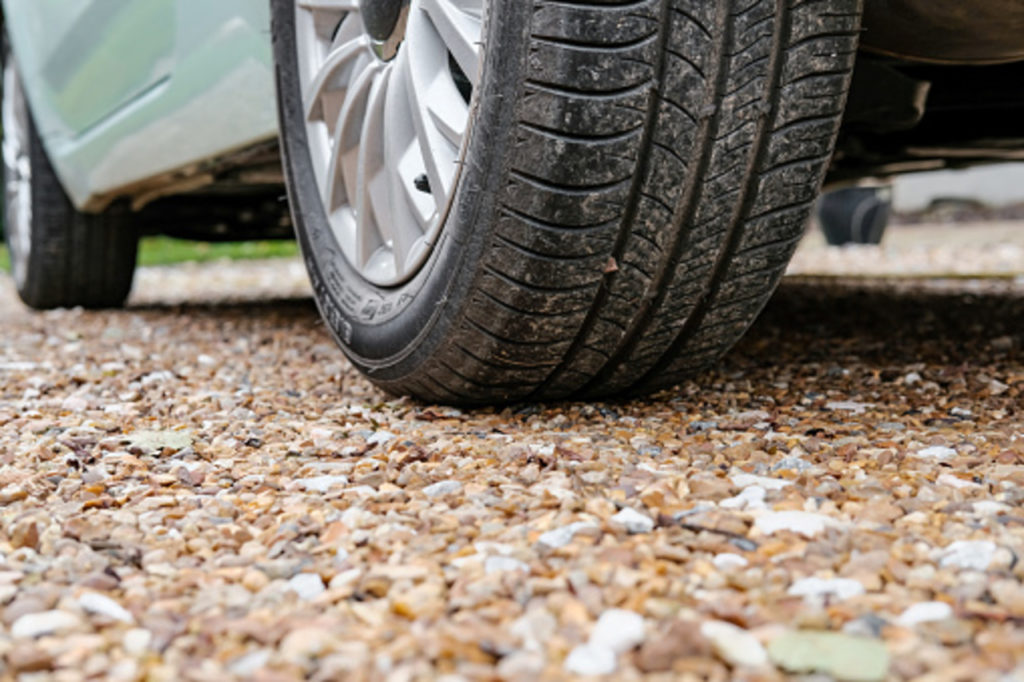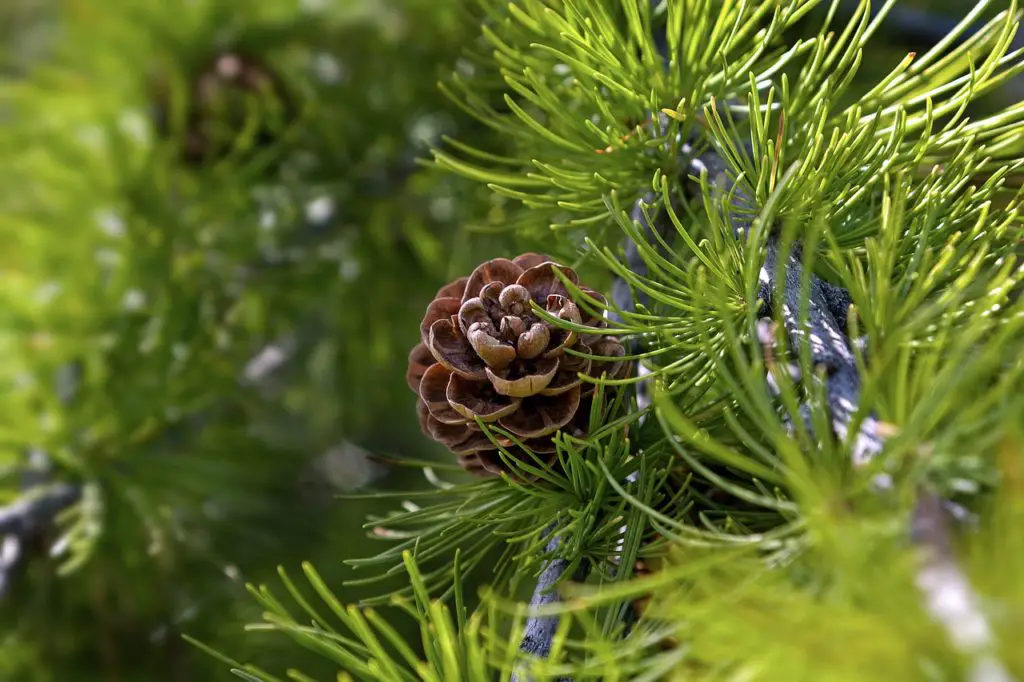Bare soil is a gardener’s greatest enemy. A gardener believes that keeping the soil covered serves a good purpose. In our opinion, the principal purpose of using rubber rocks for landscaping is to suppress weeds. Gardeners hate weeds because they compete for natural resources with their plants, causing them stunted growth.
So, rubber rocks protect your soil in several ways: slowing down evaporation and helping maintain steady temperatures that promote plant growth.
What should you consider when choosing rubber rocks for landscaping?
Before you begin your landscaping project, you need to make sure you have the lay of the land to be sure of what you’re working with. Additionally, you need to use great edging stones to keep the rubber rocks in place.
Rubber Rocks for Landscaping
Are you thinking about re-doing your patio or yard using rubber rocks? Rubber rocks are an excellent idea for your patio or yard when they need a facelift. They’re low maintenance and help you keep weeds away.
The best way to choose your rubber rocks is to consider complementary colors.
But first…
What are Rubber Rocks?
Rubber rocks are natural, textured rubber castings ready to paint and install.
These rubber rocks are stiff enough to require minimal support but are flexible enough; hence, they can bend around curves. Because they’re flexible, they bounce back when you touch them but do not break. In addition, their sizes range from 3 by 5 inches to 36 by 14 inches.
Also, you can trim rubber rocks using heavy scissors so that they can fit in the required space.
The best part?
You can use the trimmed parts to fit anywhere else in the layout. Thus, there’s no wastage in their use.
What to Consider When Choosing Rubber Rocks
- Before you decide on using rubber rocks, be sure that the plants are best suited for that environment. Flowers may not thrive well in rocks beds, but drought-tolerant, succulent plants do well.
- It would be best to have a raised concrete barrier or a steel edging to keep stray rocks in place and from shifting into turf areas. Thus, edging keeps rock beds tidy.
- Rubber rocks need a fabric weed barrier to help in discouraging weeds from poking through the rubber rocks.
How to Install Rubber Rocks
- Cutting: You can trim the rubber rocks with a utility kitchen knife or sturdy scissors. Once you’ve cut the rubber rocks, you can rearrange them to a pattern that fits your fancy.
- Attaching to the Layout: Use a hot glue gun (or another rubber-compatible adhesive) to secure the rubber rocks to your layout. If you’re not sure how to attach the rubber rocks, use pins to tack in the rubber rocks to the design temporarily.
- Splicing: One of the most significant advantages of using rubber rocks is that you can easily cut them to any size you need.
- Painting: We recommend you use acrylic paints on rubber rocks. They have a truly remarkable ability to stay on flexible rubber. There are three techniques to use in painting: dilute washes for subtle color coats on more expansive areas, dry pigments on the low spots, and dry brushing on the high spots.
When is a Rubber Rock a Good Choice?
Often, we prefer the cost and look of rubber mulch. But when is rubber rock a good choice?
- If you’re thinking about putting up a statue or a fountain, rubber rocks will make a great backdrop.
- Rubber rocks perfectly fit high traffic areas because trampled plants look terrible.
- When there are open bed areas with no plants, rubber rocks make an easy, minimal maintenance choice.
- If you’re experiencing poor drainage issues, rubber rocks allow water to drain quickly.
How to Maintain Rubber Rocks
The best routine to keep your rubber rocks looking fresh and to avoid build-up, use these five top tips:
- Use the Right Tools: Use a rake or a leaf blower to keep debris from building up and attracting pests. Thus, owning these two tools means you keep your landscape clean with ease, saving you time.
Consequently, when using a rake, you’ll need to pull and push it carefully so that you don’t move and damage some of the rubber rocks in the landscape. The same case applies to the leaf blower, be slow and steady.
- Weeding: You’ll need to address the issue of weeds in your yard several times a year. However, we don’t recommend using chemicals to get rid of the weeds. They can cause damage or stains to the rock landscape.
Therefore, you can weed the landscape manually throughout the year or, better still, install weed blocking fabrics as you lay the rubber rocks.
- Use Foundation Fabrics: It’s recommended that before you lay your rubber rocks landscape that you install a foundation fabric like polyester or linen. It covers the soil surface and helps control the growth of weeds and other unwanted pests.
However, the fabric will fall apart over time. You, therefore, need to maintain it in the long run.
- Frequent Cleaning: The best routine for keeping your rubber rock landscape clean is rinsing it with a hosepipe. Set the hose pipe with enough pressure to clean the rocks and not displace them.
If there’s excessive humidity in the environment, gently use a leaf blower over the rock bed to remove the excess moisture. This way, you’ll reduce the chances of a mold and mildew attack.
- Sinking: To prevent the rubber rocks from sinking over time, you need to apply gravel underneath the rubber rocks. If the main foundation has grass or soft soil, it’s advisable to use polyester or linen sheets for extra support.
The Bottom Line
Now that you’ve discovered some essential tips and tricks about using rubber rocks for landscaping, we hope you’re ready to start your project.
If so, as rubber rocks experts, we can size up your property’s unique needs and then recommend the best way to use rubber rocks for landscaping.
We’ll help you take your project from idea to finished product – you’ll be on your way to gorgeous landscaping in no time.
We’d love to hear from you.


